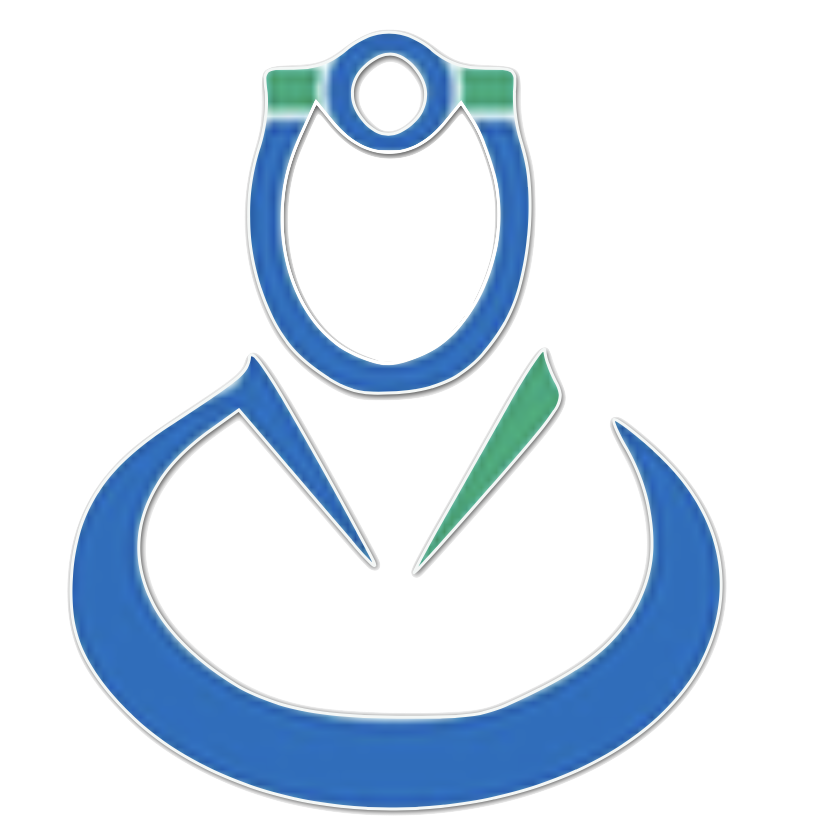Cybersecurity for Health Data
In the rapidly evolving landscape of healthcare, the increasing reliance on digital technologies and the growing volume of sensitive health data have made cybersecurity a critical concern. As healthcare organizations collect, store, and share vast amounts of personal and medical information, ensuring the confidentiality, integrity, and availability of this data is paramount. Cybersecurity in healthcare involves protecting electronic health records (EHRs), medical devices, and other connected systems from unauthorized access, breaches, and cyber threats.
1. Importance of Cybersecurity in Healthcare:
– Protecting Patient Privacy: Health data contains highly sensitive and personal information, including medical histories, diagnoses, and treatment plans. Safeguarding this data is essential to maintain patient privacy and trust in the healthcare system.
– Ensuring Continuity of Care: Cyber attacks can disrupt healthcare operations, compromising the availability of critical systems and data. Robust cybersecurity measures are necessary to ensure uninterrupted access to EHRs and other essential resources for patient care.
– Compliance with Regulations: Healthcare organizations must adhere to strict data protection regulations, such as HIPAA in the United States and GDPR in the European Union. Non-compliance can result in significant financial penalties and reputational damage.
– Preventing Financial Losses: Cyber incidents, such as ransomware attacks or data breaches, can lead to substantial financial losses for healthcare organizations, including costs associated with incident response, legal liabilities, and loss of business.
2. Common Cyber Threats in Healthcare:
– Ransomware: Ransomware attacks encrypt healthcare data and systems, rendering them inaccessible until a ransom is paid. These attacks can cause significant disruptions to healthcare operations and patient care.
– Phishing: Phishing emails and social engineering tactics trick healthcare employees into revealing sensitive information or credentials, enabling unauthorized access to healthcare networks and data.
– Insider Threats: Malicious insiders, such as disgruntled employees or third-party vendors, can misuse their access privileges to steal or compromise sensitive health data.
– Medical Device Vulnerabilities: Connected medical devices, such as insulin pumps or pacemakers, can be vulnerable to hacking, potentially endangering patient safety and privacy.
– Cloud Security Risks: As healthcare organizations adopt cloud computing for data storage and processing, ensuring the security of cloud-based systems and data becomes critical.
3. Best Practices for Cybersecurity in Healthcare:
– Risk Assessment and Management: Conducting regular risk assessments to identify vulnerabilities, prioritize risks, and implement appropriate security controls.
– Access Controls and Authentication: Implementing strong access controls, such as multi-factor authentication, role-based access, and least privilege principles, to ensure that only authorized individuals can access sensitive data.
– Encryption and Data Protection: Encrypting health data both at rest and in transit to protect against unauthorized access and breaches. Implementing data loss prevention (DLP) solutions to monitor and prevent the exfiltration of sensitive data.
– Network Segmentation and Firewalls: Segmenting healthcare networks to isolate critical systems and data, and using firewalls to control and monitor network traffic.
– Employee Training and Awareness: Providing regular cybersecurity training to healthcare staff, educating them about phishing, social engineering, and best practices for handling sensitive data.
– Incident Response and Disaster Recovery: Developing and testing incident response plans to effectively detect, contain, and recover from cyber incidents. Implementing robust backup and disaster recovery solutions to ensure data availability and business continuity.
– Third-Party Risk Management: Assessing and managing the cybersecurity risks associated with third-party vendors, including cloud providers, medical device manufacturers, and IT service providers.
– Continuous Monitoring and Auditing: Implementing security information and event management (SIEM) solutions to monitor network activity, detect anomalies, and respond to potential threats in real-time. Conducting regular security audits and vulnerability assessments.
4. Emerging Trends and Technologies:
– Artificial Intelligence and Machine Learning: Leveraging AI and machine learning techniques to detect and respond to cyber threats, such as anomaly detection and behavioral analytics.
– Blockchain for Data Security: Exploring the potential of blockchain technology to enhance the security, integrity, and auditability of health data transactions.
– Zero Trust Architecture: Adopting a zero trust security model that assumes no implicit trust and continuously verifies the identity and permissions of users and devices accessing healthcare systems.
– Quantum-Resistant Cryptography: Preparing for the potential impact of quantum computing on current encryption methods and exploring quantum-resistant cryptographic algorithms.
As the healthcare industry continues to digitize and interconnect, the importance of robust cybersecurity measures cannot be overstated. Healthcare organizations must prioritize cybersecurity as an integral part of their overall strategy, investing in the necessary technologies, processes, and talent to protect sensitive health data and maintain patient trust.
Collaboration and information sharing among healthcare stakeholders, including providers, payers, government agencies, and cybersecurity experts, are essential to staying ahead of evolving cyber threats. By adopting a proactive and comprehensive approach to cybersecurity, healthcare organizations can safeguard their digital assets, ensure the continuity of patient care, and contribute to the overall resilience of the healthcare ecosystem in the face of increasing cyber risks.
by Dr. Jose A. Cisneros, MD,PhD


Recent Comments